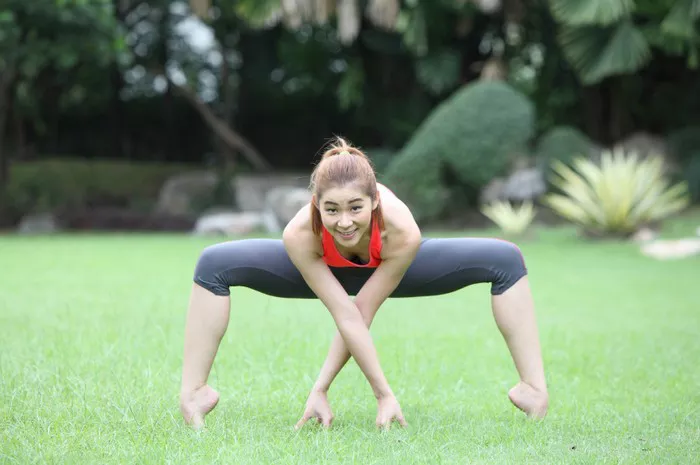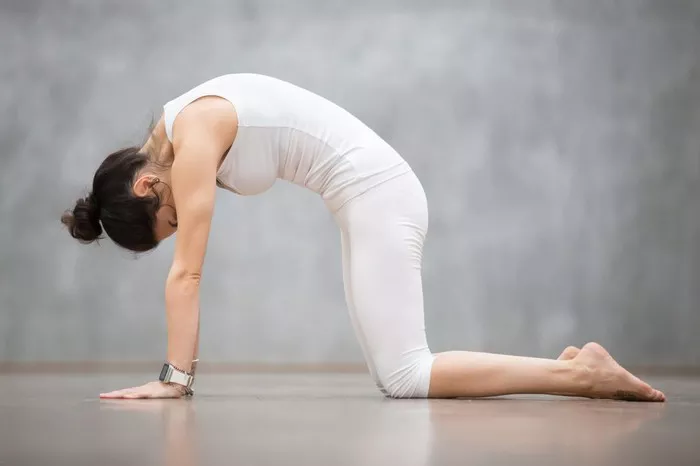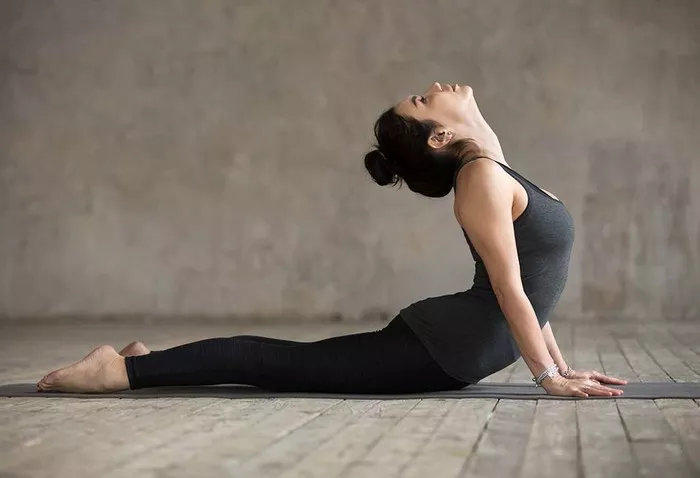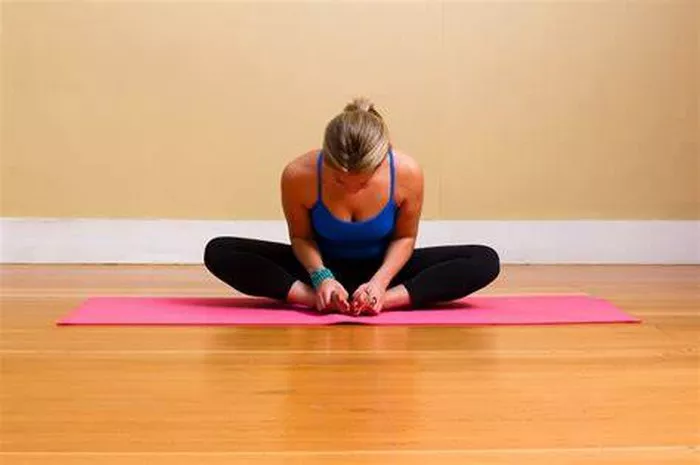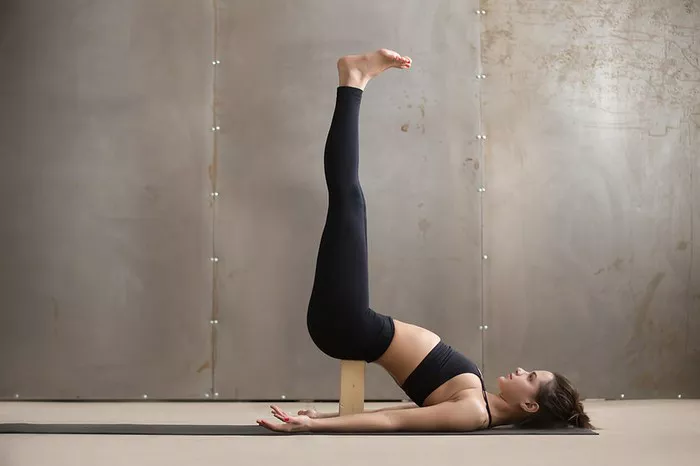Yoga is a practice that has evolved over thousands of years, offering a path to physical, mental, and spiritual well-being. Among the many branches of yoga, Kriya Yoga stands out as a powerful and transformative practice. While most yoga practices focus on postures (asanas), breath control (pranayama), and meditation, Kriya Yoga integrates these components with a strong emphasis on self-discipline, spiritual awakening, and inner peace. In this article, we will explore when to do Kriya Yoga, the benefits it offers, and the best time and conditions for integrating it into your daily routine.
What is Kriya Yoga?
Kriya Yoga is an ancient practice that is said to have been passed down through the yogic lineage by the great yogi, Patanjali. The word “Kriya” means “action” or “effort,” and “Yoga” refers to the union of body, mind, and spirit. Therefore, Kriya Yoga is often referred to as the “yoga of action,” with an emphasis on internal purification through specific techniques aimed at enhancing self-awareness and spirituality.
The practice of Kriya Yoga involves a combination of controlled breathing exercises, meditation, mantra chanting, and physical postures, all aimed at achieving mental clarity, spiritual growth, and physical vitality. One of the central aspects of Kriya Yoga is the use of breathing techniques, which help regulate the flow of prana (life force) in the body. By mastering these techniques, practitioners can attain deep states of meditation, reduce mental distractions, and achieve inner peace.
The Benefits of Kriya Yoga
Before delving into when to practice Kriya Yoga, it is important to understand the numerous benefits this practice offers:
Mental Clarity and Focus: The breathing techniques and meditation practices in Kriya Yoga help quiet the mind, reducing mental chatter and enhancing concentration. This allows practitioners to cultivate greater mental clarity and focus, which can improve decision-making and productivity in everyday life.
Emotional Balance: Kriya Yoga helps balance the mind and emotions, promoting a sense of calm and inner stability. This practice can reduce stress, anxiety, and emotional turbulence, allowing individuals to respond to life’s challenges with greater equanimity.
Physical Health: Kriya Yoga incorporates physical postures and breathing exercises that promote overall physical health. These practices help improve circulation, flexibility, and strength while detoxifying the body. They also activate the parasympathetic nervous system, leading to relaxation and reduced stress levels.
Spiritual Awakening: At its core, Kriya Yoga is a spiritual practice that facilitates inner growth and self-realization. It provides a pathway to higher consciousness and helps practitioners experience a deeper connection with their true selves and the divine.
Detoxification: Kriya Yoga is also known for its ability to detoxify the body, both physically and mentally. The breath control techniques stimulate the lymphatic system, purging toxins from the body. Additionally, the practice of meditation helps clear mental clutter and emotional blockages.
Increased Energy and Vitality: By regulating the flow of prana, Kriya Yoga enhances the body’s energy levels, leading to greater vitality. The practice helps restore balance and rejuvenate the body, leading to greater overall well-being.
When to Do Kriya Yoga: Key Factors to Consider
Now that we understand the benefits of Kriya Yoga, let’s explore the best times and conditions for practicing this transformative discipline. Kriya Yoga is a powerful tool for personal growth, but it requires commitment and consistency to experience its full potential. The timing of your practice can have a significant impact on its effectiveness.
1. Morning Practice: The Ideal Time for Kriya Yoga
The morning is generally considered the best time to practice Kriya Yoga, especially for those who are seeking deep spiritual awakening and mental clarity. There are several reasons why morning practice is recommended:
Fresh Mind and Body: In the morning, the mind is clear, and the body is well-rested, making it the perfect time to engage in spiritual practices. The stillness of the early morning hours provides an environment free from distractions, allowing you to connect with your inner self more easily.
Prana Flow: In yogic philosophy, the early morning hours, particularly around dawn, are considered to be the most auspicious time for spiritual practice. The energy during this time is said to be pure and abundant, allowing practitioners to absorb prana more effectively.
Increased Focus: The mind is naturally calmer and more focused in the morning, making it easier to engage in meditation and pranayama (breath control). Morning practice also sets the tone for the rest of the day, helping you maintain a positive and focused mindset throughout your daily activities.
Spiritual Atmosphere: Early mornings tend to be quieter, and the atmosphere is conducive to deep spiritual practice. The peace of the morning enhances the meditative experience and allows for a deeper connection with the divine.
For these reasons, many experienced yogis and spiritual seekers recommend performing Kriya Yoga in the morning, ideally around sunrise.
2. Afternoon Practice: A Boost of Energy and Vitality
While the morning is often considered the ideal time for deep meditation and spiritual work, afternoon practice can also be highly beneficial. The afternoon can be a great time for practitioners who need a boost of energy or who are looking to deepen their concentration. Here’s why:
Energy Revitalization: The afternoon practice of Kriya Yoga can help rejuvenate the body and mind, especially if you are feeling tired or mentally fatigued. Breath control techniques, such as the Pranayama practices in Kriya Yoga, can stimulate the flow of prana, invigorating both the body and mind.
Refinement of Practice: Afternoon sessions allow for the refinement of your technique, as you can focus on improving specific aspects of your practice that might require more attention. If you find that your morning practice feels rushed or unfocused, the afternoon may offer a more relaxed setting to work on technique and deepen your understanding.
Relieving Stress: Afternoon practice can help reduce any stress or tension that may have built up during the day. It provides an opportunity to release mental and emotional clutter, improving focus and helping you navigate the rest of the day with greater ease.
While afternoon practice may not be as ideal for deep meditation as morning sessions, it can still provide valuable benefits for maintaining energy levels and focus throughout the day.
3. Evening Practice: Closing the Day with Peace and Reflection
Practicing Kriya Yoga in the evening can also be deeply rewarding. Evening sessions allow you to wind down from the day’s activities and prepare for restful sleep. Here’s why evening practice might be a great option:
Relaxation and Stress Relief: After a busy day, Kriya Yoga can help you relax, release any accumulated tension, and calm the nervous system. By practicing deep breathing and meditation, you can enter a state of tranquility and emotional balance, making it easier to let go of the day’s stresses.
Reflecting on the Day: The evening practice offers an opportunity for self-reflection and gratitude. By meditating on the experiences of the day, you can cultivate a sense of peace and learn from the challenges you encountered.
Improved Sleep: Practicing Kriya Yoga in the evening can promote better sleep by calming the mind and reducing mental distractions. The calming effects of pranayama and meditation help ease the transition from the waking state to restful sleep, ensuring that you wake up feeling refreshed and rejuvenated.
However, it is important to note that engaging in intense physical postures or vigorous pranayama right before bed may not be ideal for everyone, as it can energize the body and make it difficult to fall asleep. If your primary goal is relaxation and peaceful sleep, choose gentle meditation and pranayama techniques.
4. Condition of the Practitioner: Physical and Mental Readiness
Kriya Yoga is a transformative practice that requires dedication and focus. It is important to consider your physical and mental state before engaging in a session. If you are feeling tired, ill, or mentally exhausted, it may be better to wait until you are in a more optimal state for practice. Listen to your body and mind—if you need rest, take a break and return to your practice when you feel ready.
Additionally, consistency is key. Whether you choose to practice in the morning, afternoon, or evening, it is important to create a routine that works for you. Over time, you will begin to notice the cumulative benefits of regular practice, including increased clarity, emotional stability, and spiritual insight.
Conclusion
Kriya Yoga is a powerful practice that can bring about profound transformations in your life. The timing of your practice plays a significant role in its effectiveness, and while the morning is often considered the best time for deep spiritual work, practicing in the afternoon or evening can also offer valuable benefits. Ultimately, the best time for you to practice Kriya Yoga depends on your personal schedule, energy levels, and spiritual goals. Regardless of when you practice, consistency and mindfulness are key to unlocking the full potential of this ancient and transformative discipline.
By incorporating Kriya Yoga into your daily routine, you can experience increased mental clarity, emotional balance, improved physical health, and a deeper connection to your spiritual self. With time, dedication, and the right conditions, Kriya Yoga can become a powerful tool for achieving greater peace and inner harmony.
Related Topics:


